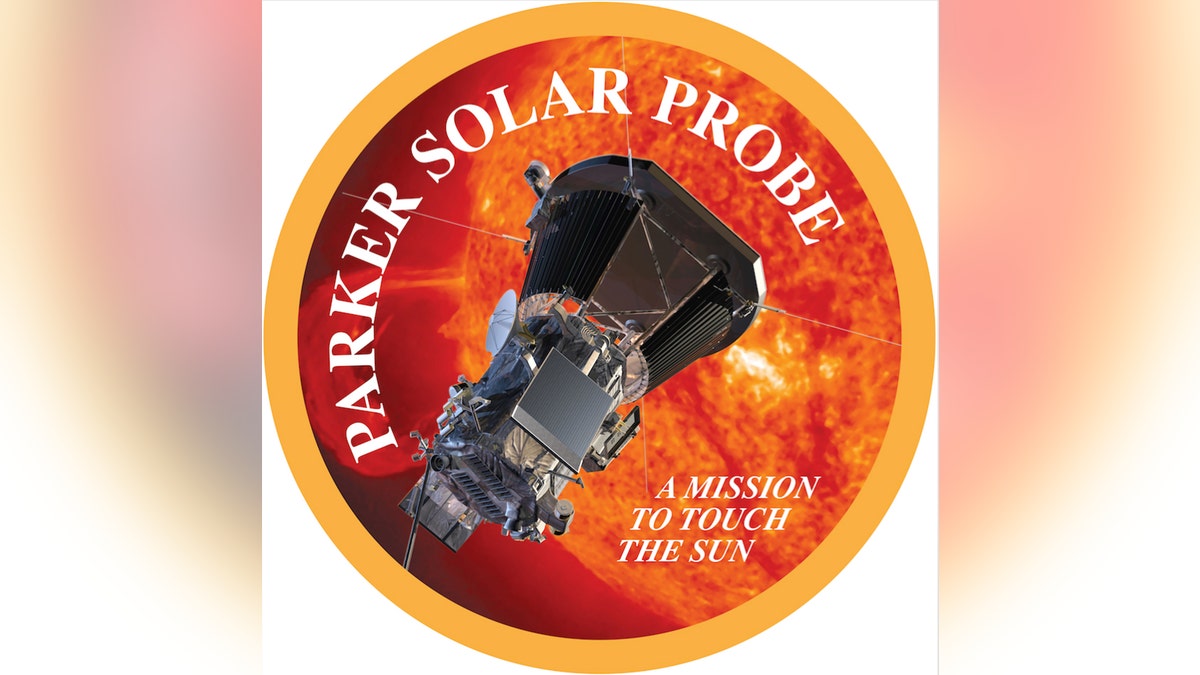
NASA’s first mission to go to the sun, the Parker Solar Probe, is named after Eugene Parker who first theorized that the sun constantly sends out a flow of particles and energy called the solar wind. Credits: NASA/APL
NASA will send a probe to “touch the sun” to help prepare for a “huge solar event” that could wreak havoc on Earth.
The space agency today announced the “extraordinary and historic mission exploring arguably the last and most important region of the solar system."
In 2018, Nasa will send a craft called the Solar Probe Plus on a journey which will see it come within four million miles of the searing surface of the sun, facing heat and radiation more intense than any spacecraft has endured before.
The mission will provide clues as to why stars formed, but it’s also a prevention exercise to help defend Earth from a potentially crippling solar flare.
Space boffins want to understand the processes behind solar flares and “storms” which send radioactive particles hurtling towards Earth.
It’s feared storms could knock out satellites and bring down the communications networks that keep modern society connected.
The mission will help Nasa to understand and potentially predict solar storms and other “space weather” generated by the sun.
Radiation already affects airline crew and astronauts as well as pipelines and powergrids.
Scientists also hope to unlock the mysteries of the sun’s corona, an aura of plasma around the star.
Experts know that the unstable corona is believed to be cooler than the Sun’s atmosphere, but have no idea why.
Giant holes in the corona produce devastating solar wind, flares and mass “ejections” that can reach Earth’s atmosphere.
Nasa wrote: “One recent study by the National Academy of Sciences estimated that without advance warning a huge solar event could cause two trillion dollars in damage in the US alone, and the eastern seaboard of the US could be without power for a year.
“In order to unlock the mysteries of the corona, but also to protect a society that is increasingly dependent on technology from the threats of space weather, we will send Solar Probe Plus to touch the sun.”
Nasa said the Solar Probe Plus would generate “new data on solar activity and make critical contributions to our ability to forecast major space-weather events that impact life on Earth”.
The space agency has been planning the solar mission for some time but is expected to set a launch date at the press conference today.




















